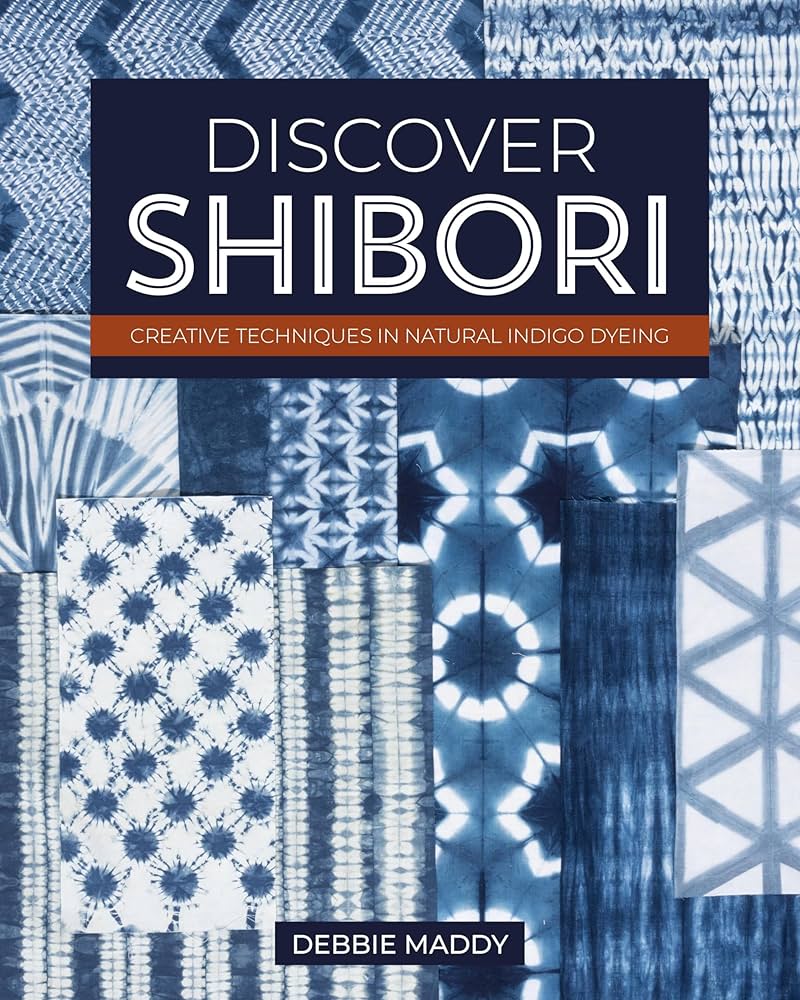Introduction
Are you ready to embark on a colorful journey that merges nature, art, and tradition? Indigo Shibori dye plant wraps offer a unique and eco-friendly way to express your creativity. This ancient Japanese dyeing technique has found a modern twist, allowing you to create stunning patterns with simple plant wraps. Whether you’re a seasoned artist or a curious beginner, these ideas will inspire you to dive into the world of indigo.
1. Understanding Indigo Shibori
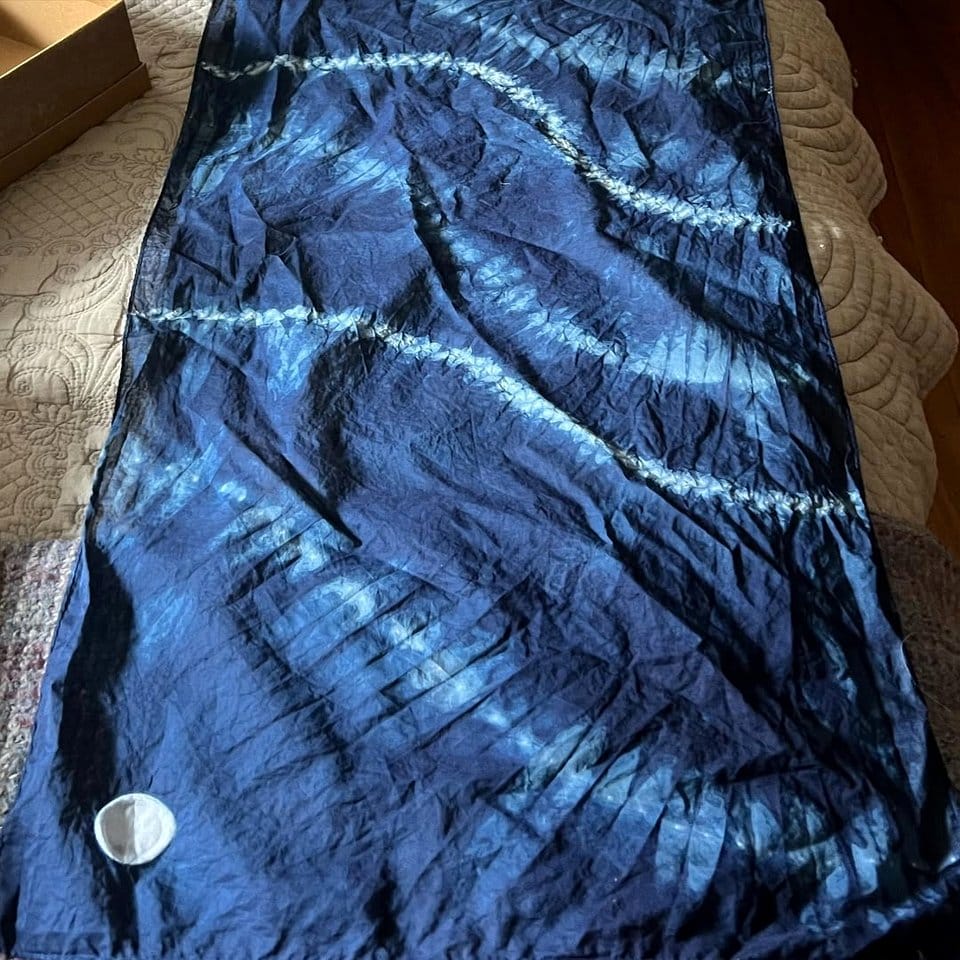
Indigo Shibori is a centuries-old Japanese dyeing technique that creates intricate patterns using natural indigo dye. By folding, twisting, or compressing fabric before dyeing, you can create beautiful, one-of-a-kind designs. The magic lies in how the indigo interacts with the fabric and the resist techniques used. This method is not only artistic but also sustainable, making it a perfect hobby for environmentally-conscious creators.
2. Choosing the Right Fabric
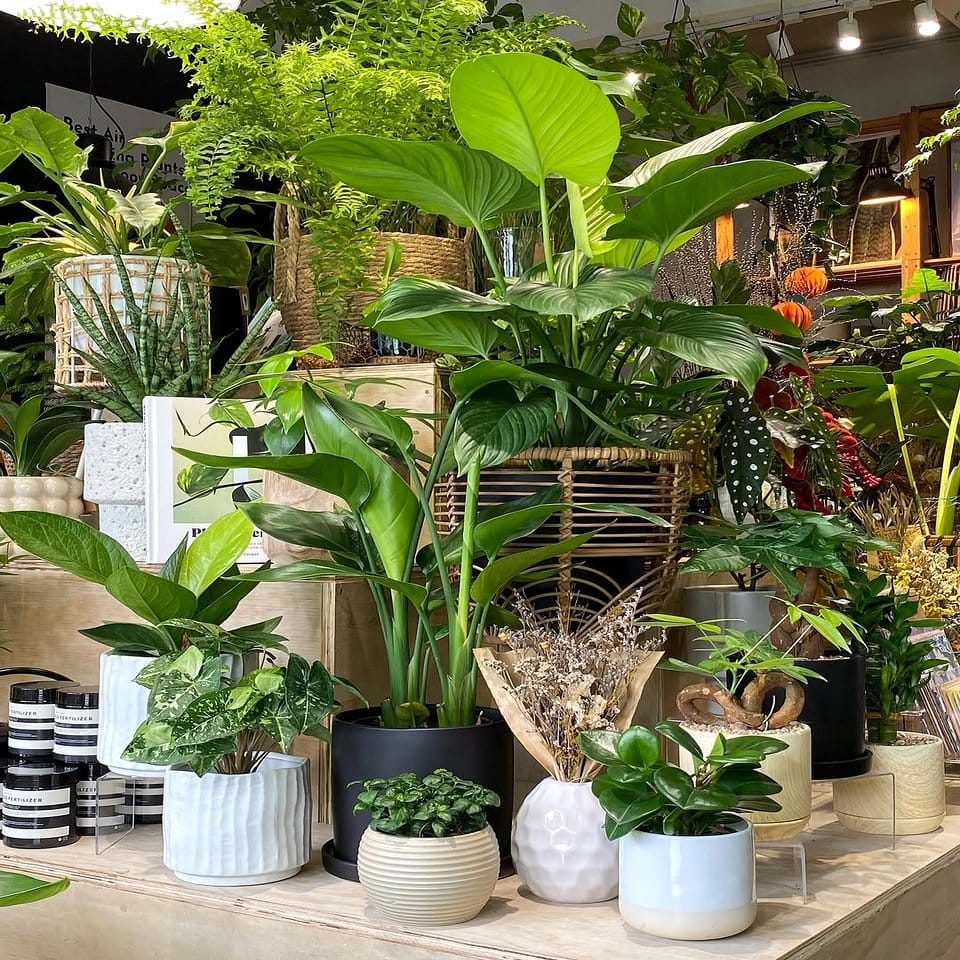
Selecting the right fabric is crucial for your Indigo Shibori project. Natural fibers such as cotton, linen, or silk work best, as they absorb the dye beautifully and hold the intricate patterns well. Before starting, make sure your fabric is pre-washed to remove any sizing or finishes. This ensures that the dye adheres properly, giving you vibrant, long-lasting colors.
3. Preparing Your Indigo Dye Bath
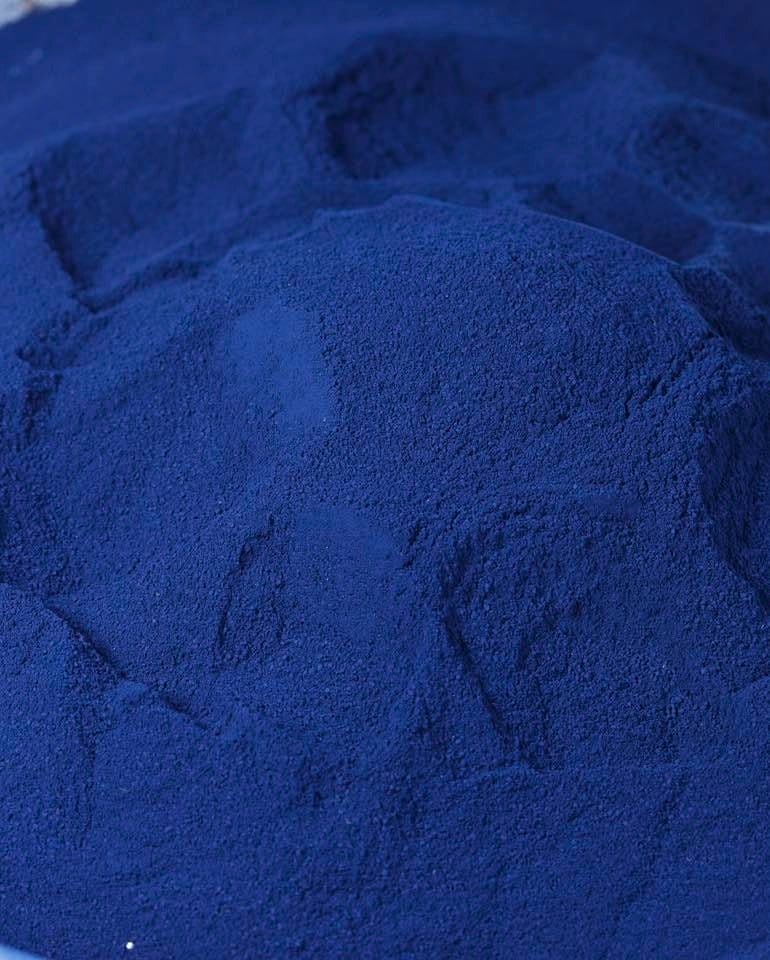
Creating an indigo dye bath might seem daunting, but it’s simpler than you think! Begin by mixing indigo dye powder with water and a reducing agent like thiourea dioxide. Stir carefully to avoid introducing too much oxygen. The dye bath should have a yellow-green color with a metallic sheen on top. This is your sign that it’s ready for dipping!
4. Folding Techniques for Unique Patterns

The magic of Shibori lies in how you fold your fabric. Experiment with different techniques such as accordion pleats, spirals, or simple knots. Each fold will create a different pattern, allowing your creativity to shine. Remember, there’s no right or wrong way—it’s all about exploring and discovering what you like best.
5. Creating Plant-Based Resists
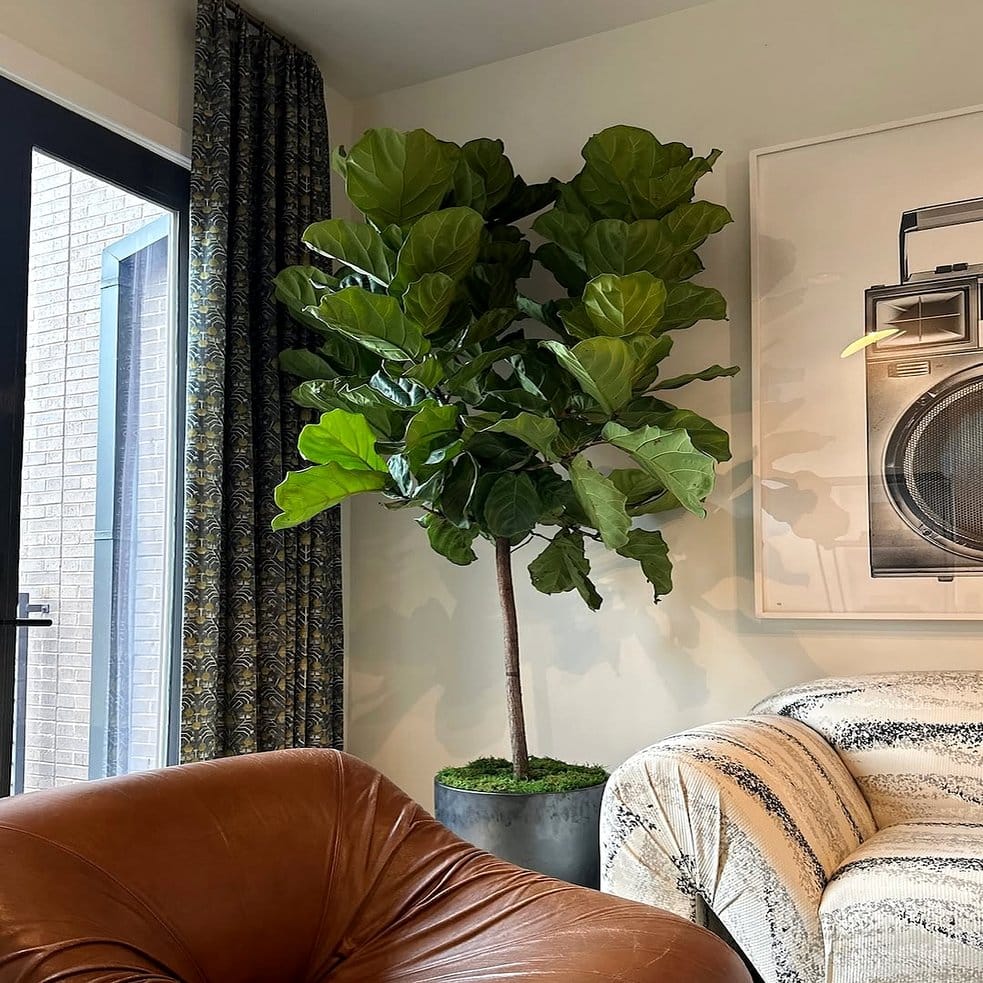
Incorporate nature into your Shibori dyeing by using leaves, twigs, or even flowers as natural resists. Place them strategically on your fabric before folding. The dye won’t penetrate these areas, leaving behind beautiful, plant-inspired patterns. This is a great way to personalize your designs with an organic touch.
6. The Art of Binding
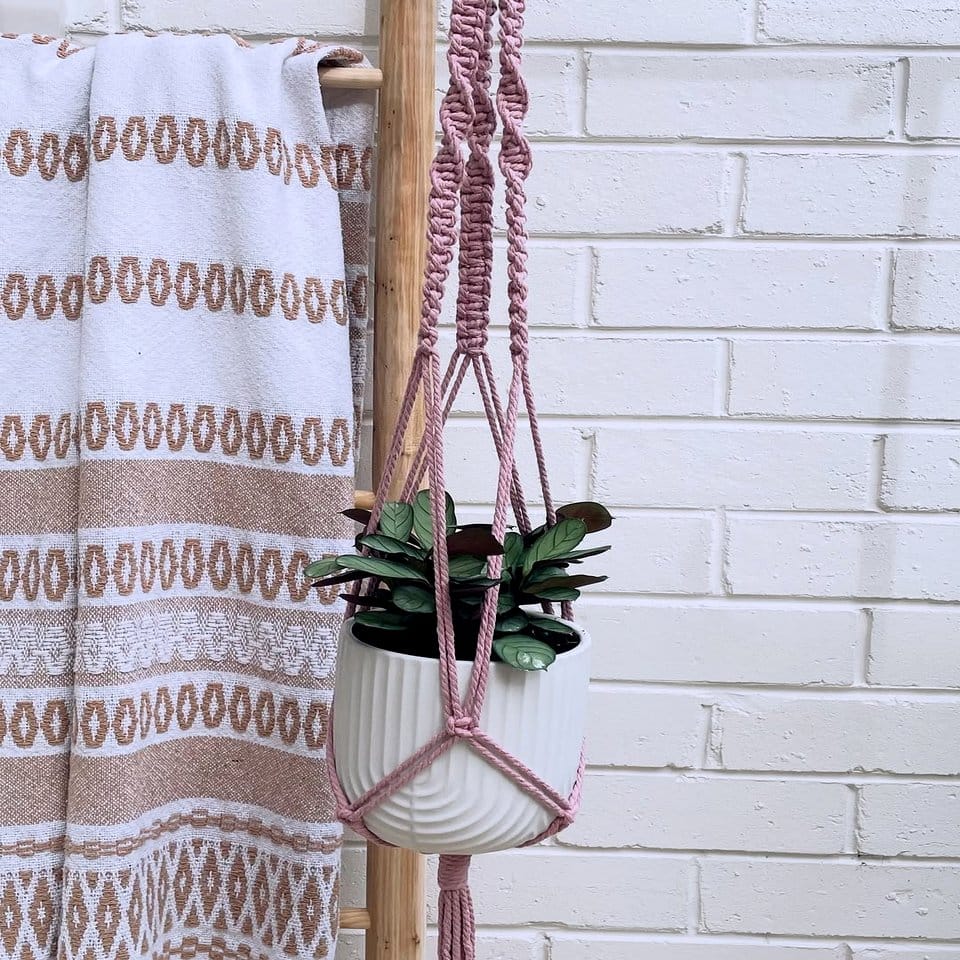
Binding is essential in Shibori to keep parts of the fabric untouched by dye. Use string, rubber bands, or clips to secure your folds and create tension. The tighter the bind, the more distinct the pattern. Experiment with different binding techniques to see a variety of results.
7. Submerging Your Fabric
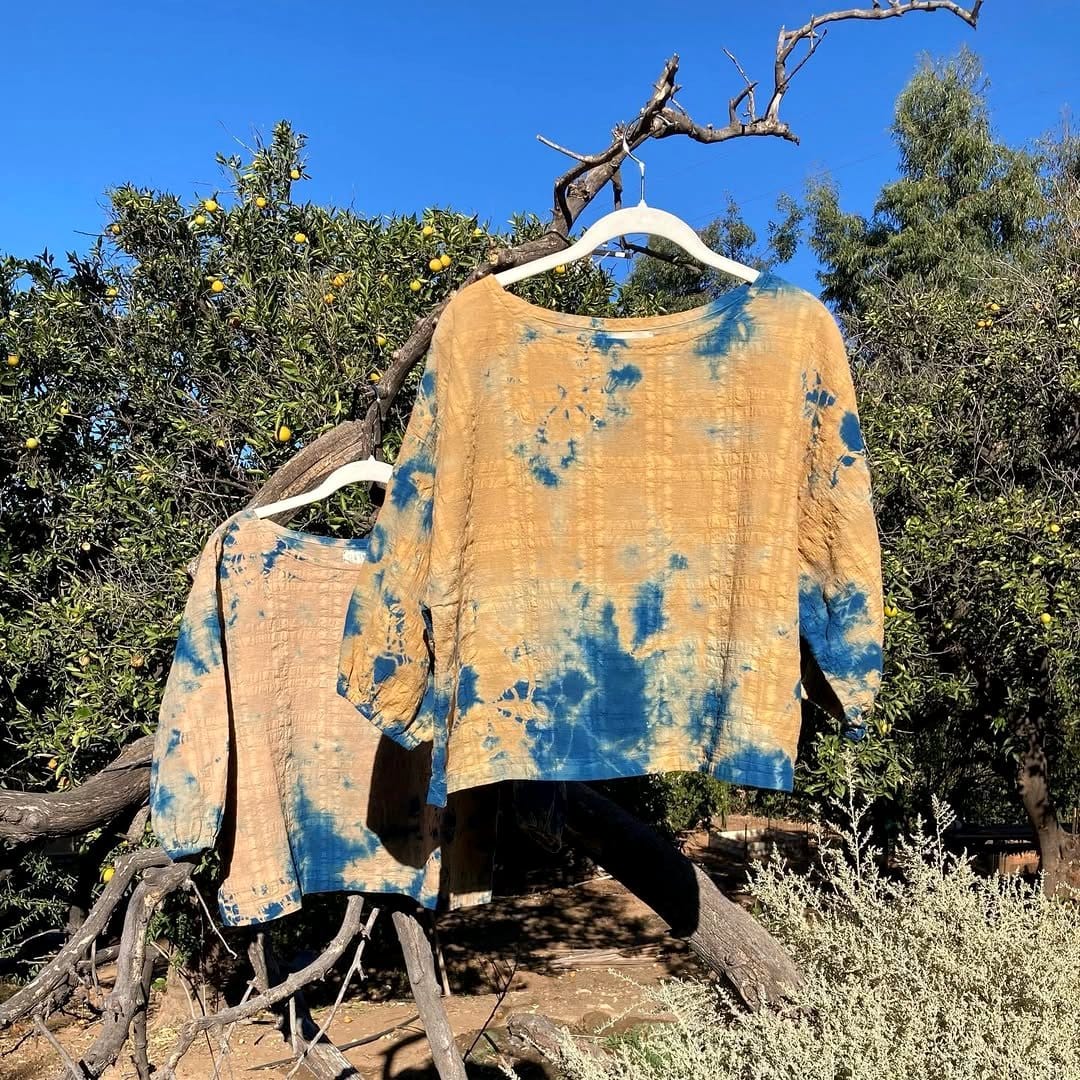
Once your fabric is folded and bound, it’s time for the exciting part—dyeing! Submerge your fabric in the indigo dye bath, ensuring it’s fully soaked. Keep it submerged for a few minutes, then remove it carefully. Watching it change from green to blue as it oxidizes is a mesmerizing experience.
8. The Power of Oxidation

After dyeing, let your fabric oxidize in the air. This is when the real magic happens. The greenish fabric will gradually turn into a deep, rich blue. Don’t rush this step; allow enough time for the color to develop fully. The waiting is well worth it for the stunning results you’ll achieve.
9. Rinsing and Unbinding
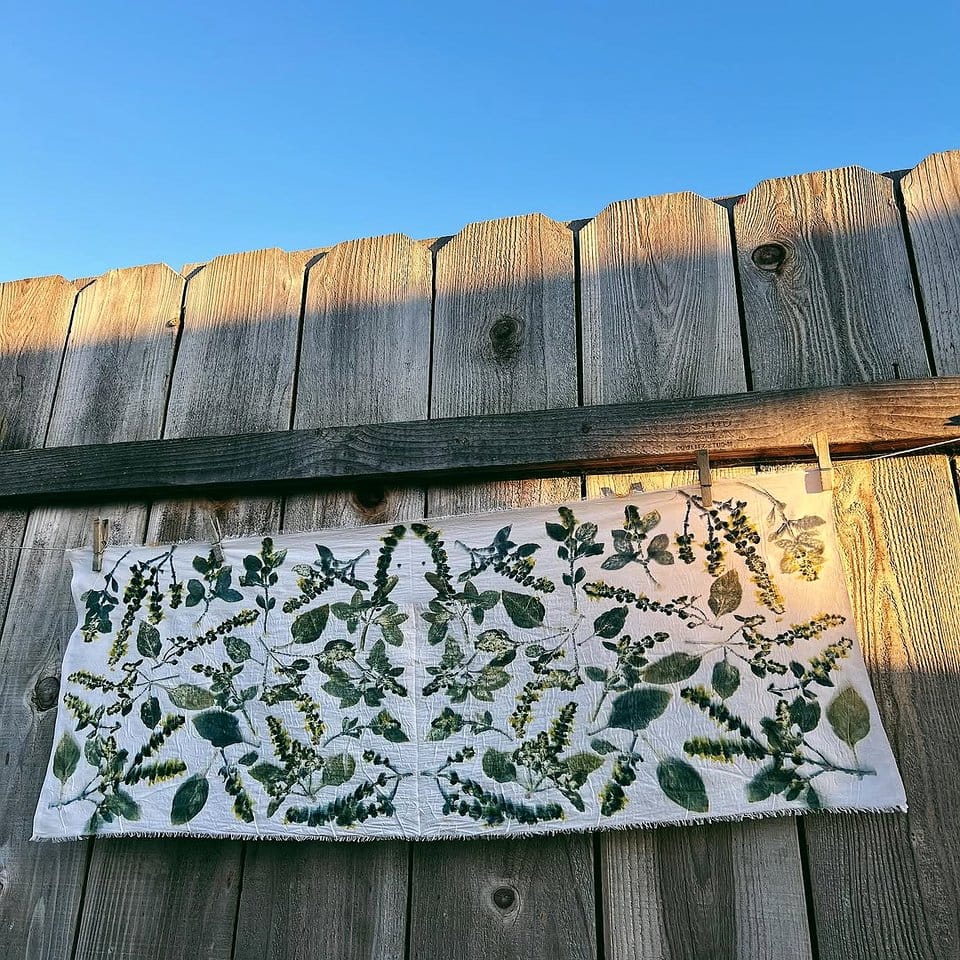
Once the oxidation process is complete, rinse your fabric under cold water until the water runs clear. This helps set the dye and remove any excess. Carefully unbind the fabric to reveal your Shibori masterpiece. Each piece will be a surprise, showcasing the unique patterns created by your folds and binds.
10. Drying and Setting the Dye
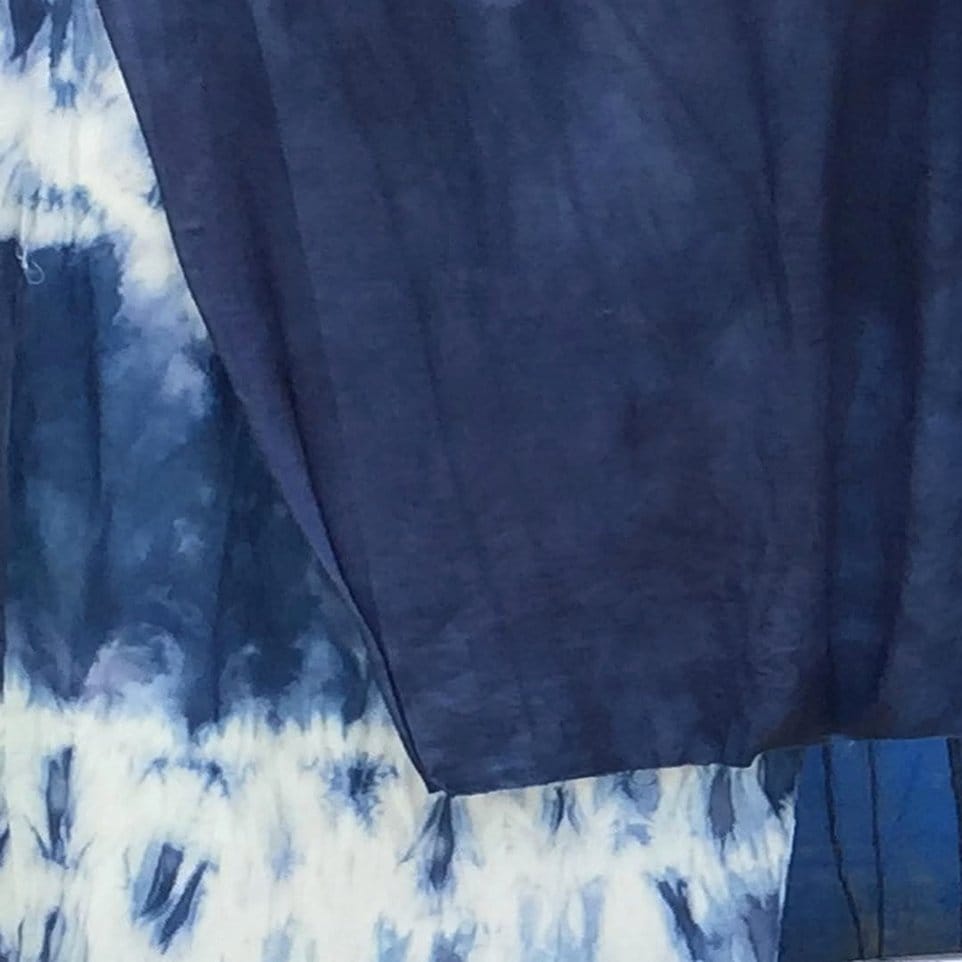
Hang your fabric to dry in a shaded area. Avoid direct sunlight, as it can affect the vibrancy of the dye. Once dry, set the dye by ironing the fabric on a medium setting. This ensures your patterns remain bold and beautiful for years to come.
11. Exploring Different Shibori Patterns
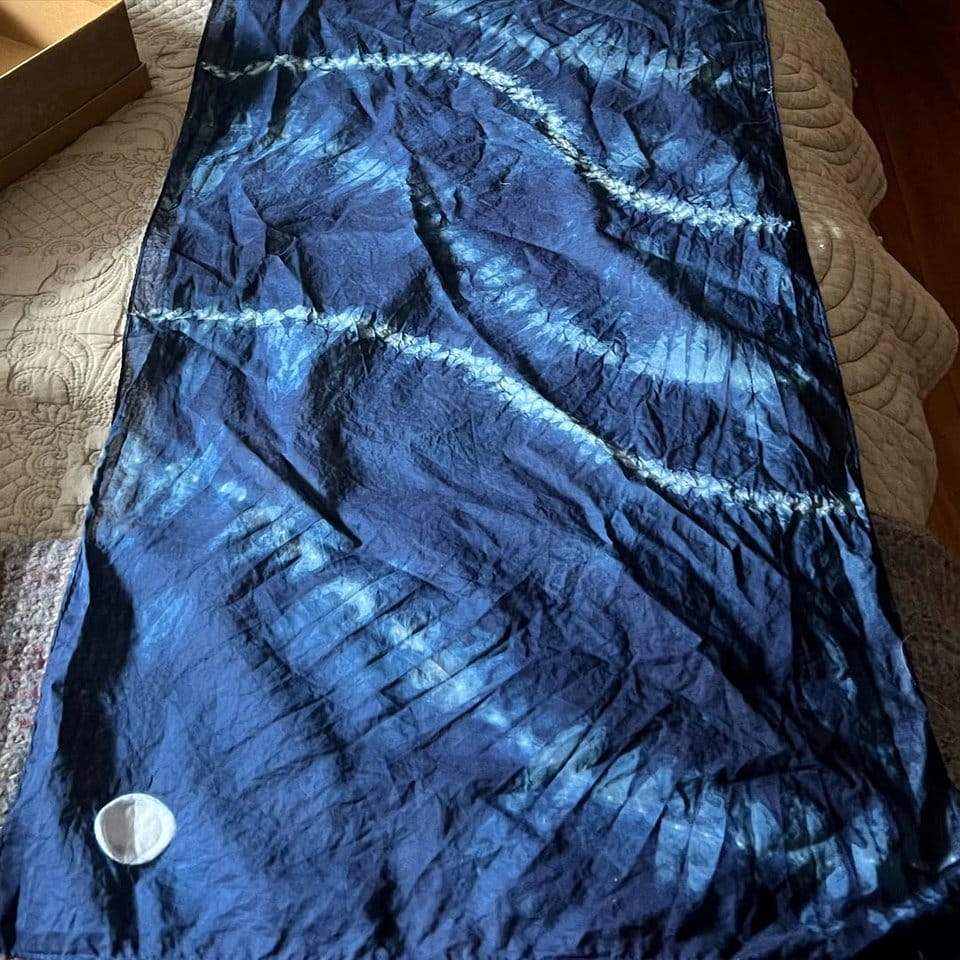
Indigo Shibori offers endless possibilities for pattern creation. From the classic Kanoko dots to intricate Arashi (pole-wrapped) designs, each method yields a distinct look. Explore different patterns and push the boundaries of your creativity. The more you experiment, the more you’ll discover!
12. Combining Shibori with Modern Trends
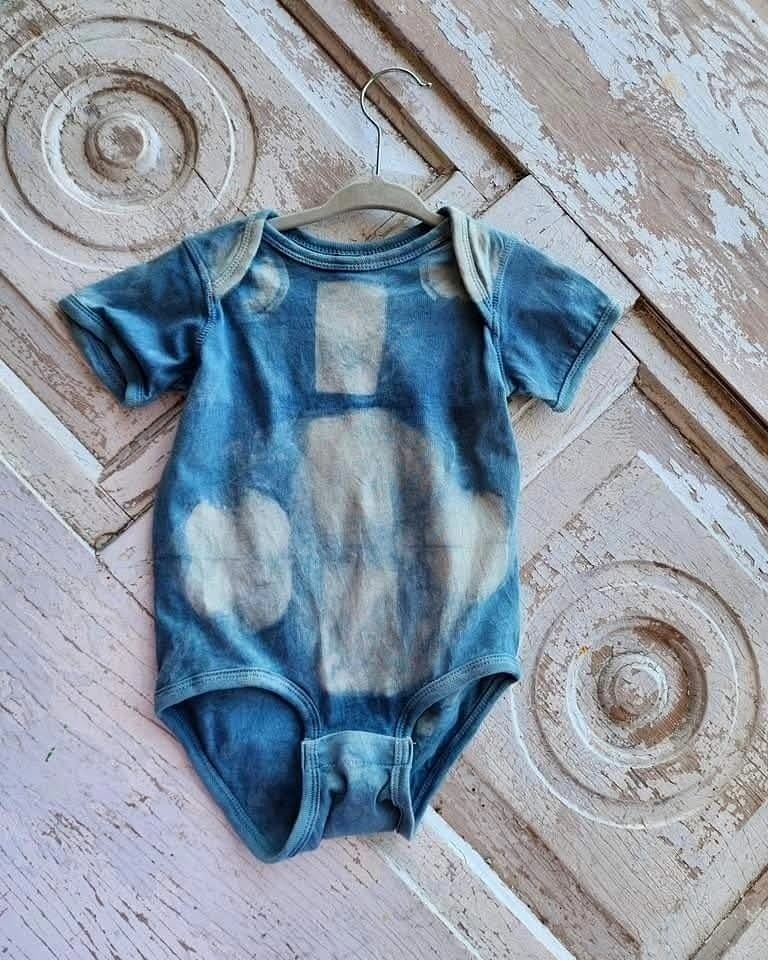
Shibori isn’t just for traditional textiles. Incorporate it into modern fashion by dyeing tote bags, scarves, or even sneakers. These unique pieces make great personal accessories or thoughtful handmade gifts. Plus, they’re always a conversation starter!
13. Using Natural Plant Dyes
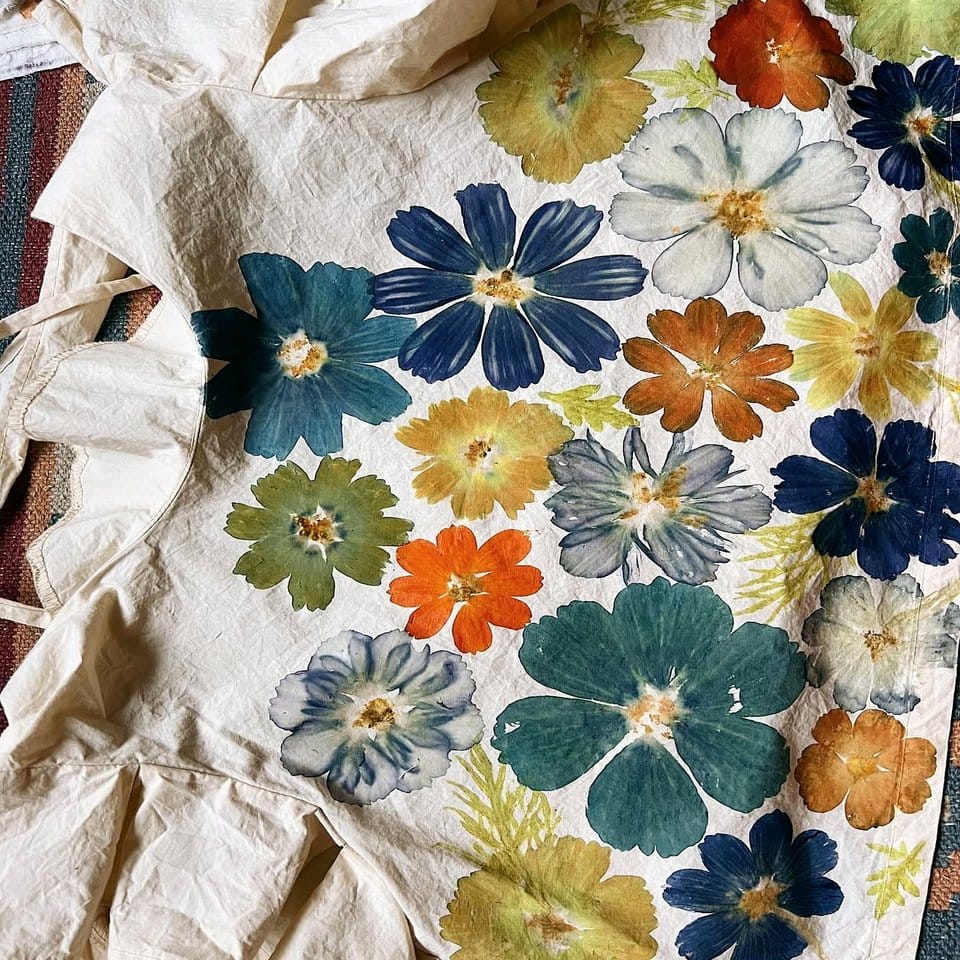
Expand your Shibori skills by experimenting with other natural plant dyes like turmeric, beetroot, or avocado pits. These dyes can complement the indigo and add a variety of colors to your designs. Mixing and matching plant-based dyes opens up a whole new world of creative possibilities.
14. Hosting a Shibori Dye Party

Invite friends over for a fun Shibori dye party! Share your knowledge, supplies, and creative space. It’s a wonderful way to connect with others while exploring this art form together. Plus, everyone leaves with a beautiful, hand-dyed keepsake.
15. Creating Shibori Home Décor
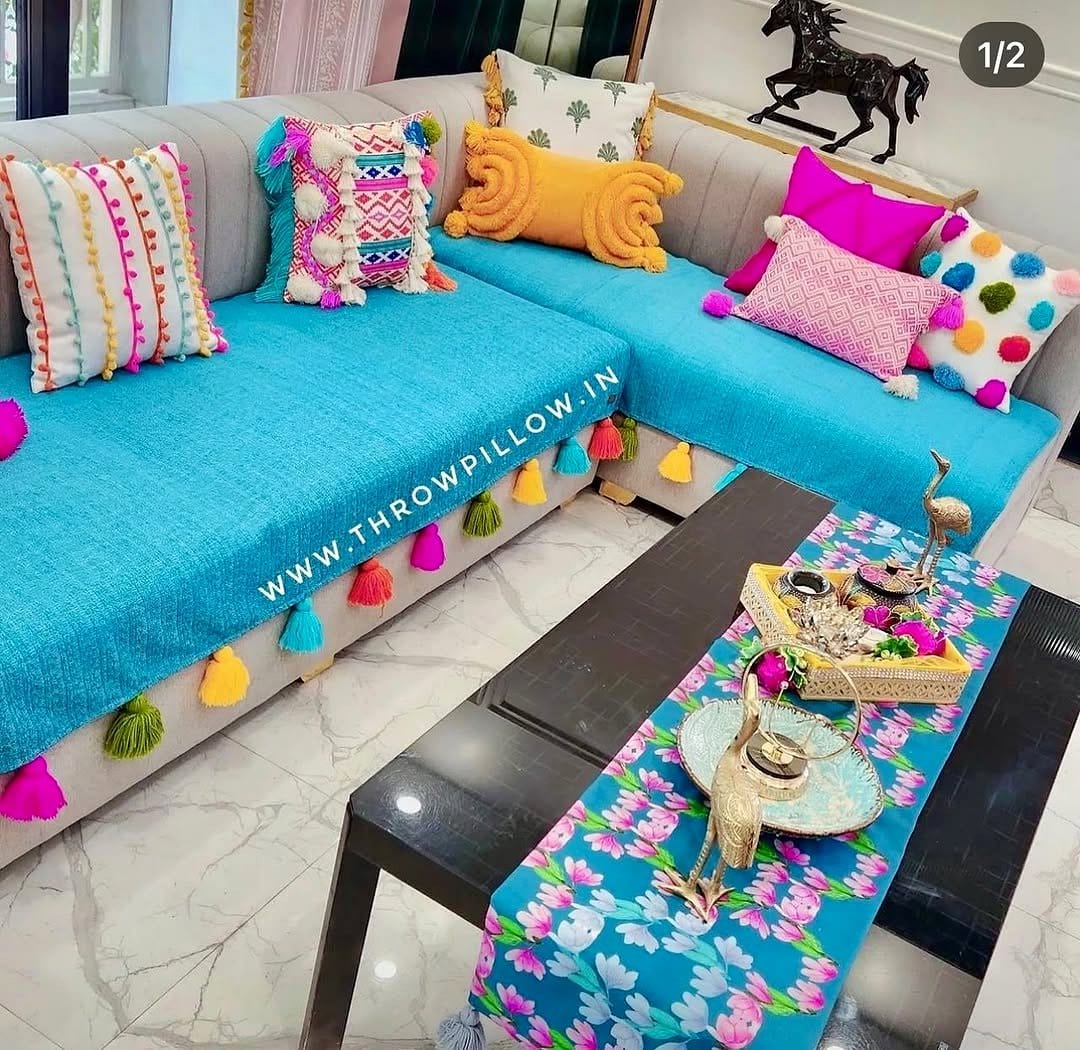
Bring the beauty of Shibori into your home with custom-dyed throw pillows, curtains, or tablecloths. These unique pieces add a touch of artisanal elegance to any room. Plus, they’re a testament to your creativity and craft.
16. Shibori for Kids
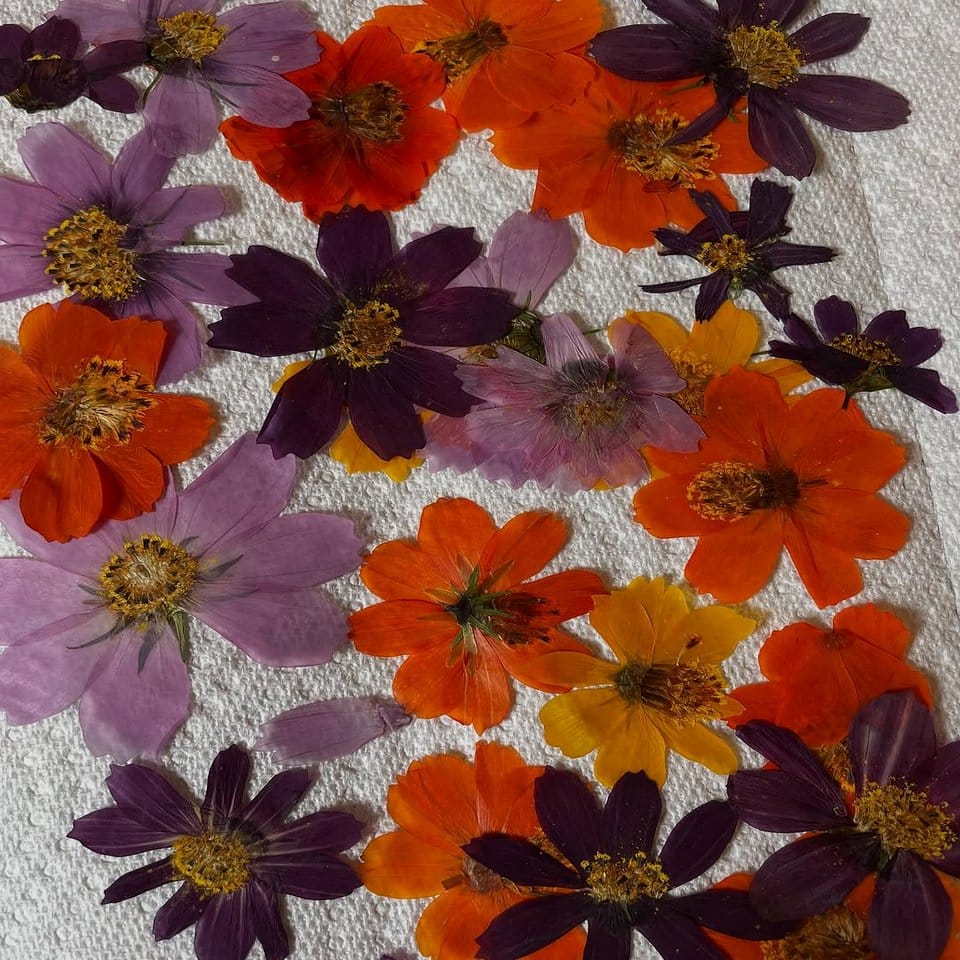
Introduce kids to the wonders of Shibori! Use safe, non-toxic dyes and simple folding techniques that are easy for little hands. This activity is not only fun but also educational, teaching children about color, pattern, and the joys of handmade crafts.
17. Embracing Minimalist Designs
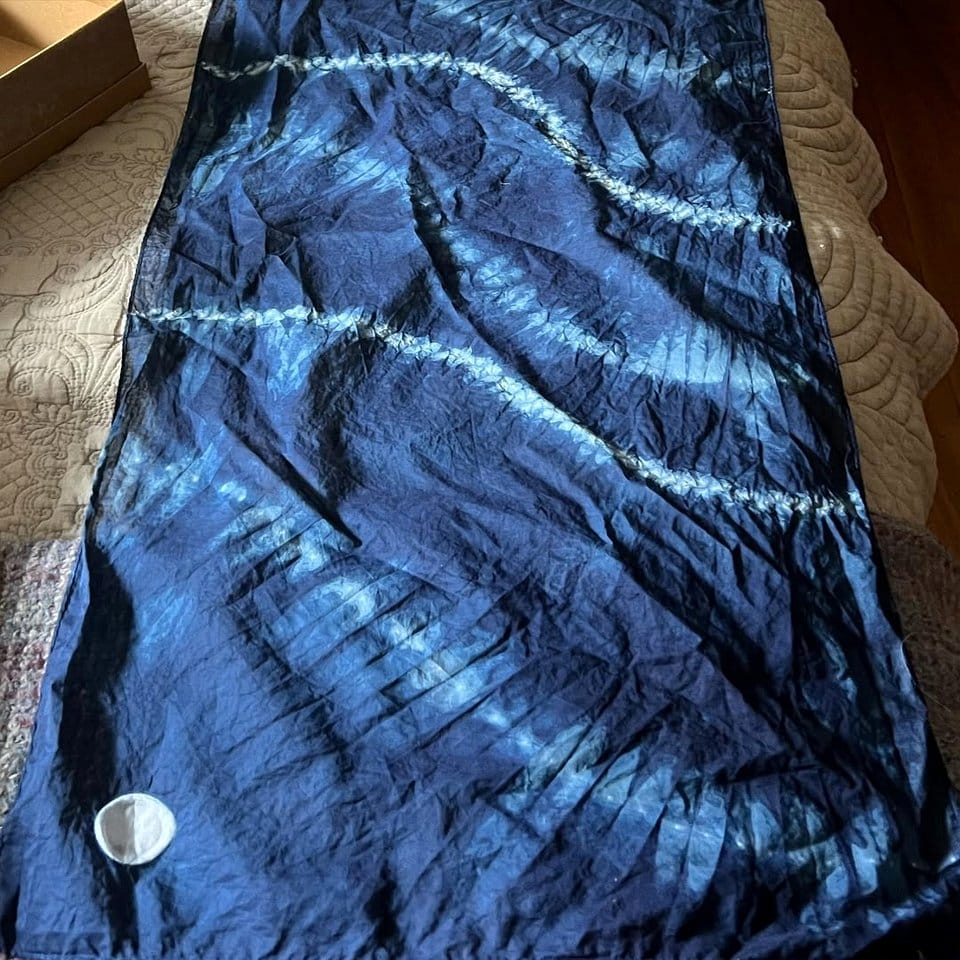
Not all Shibori designs need to be complex. Embrace minimalism with simple, understated patterns. Sometimes, less is more, and these designs can be incredibly chic and modern. They’re perfect for those who appreciate subtle elegance.
18. Shibori as Meditation
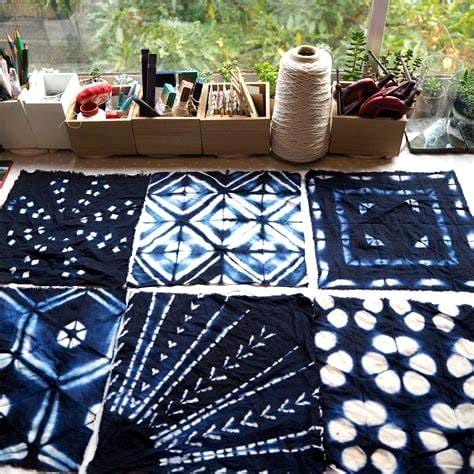
Engage in Shibori as a meditative practice. The repetitive folding and dyeing processes can be incredibly calming. Focus on the present moment, let go of stress, and immerse yourself in the tranquility of creating art with your hands.
19. Documenting Your Shibori Journey
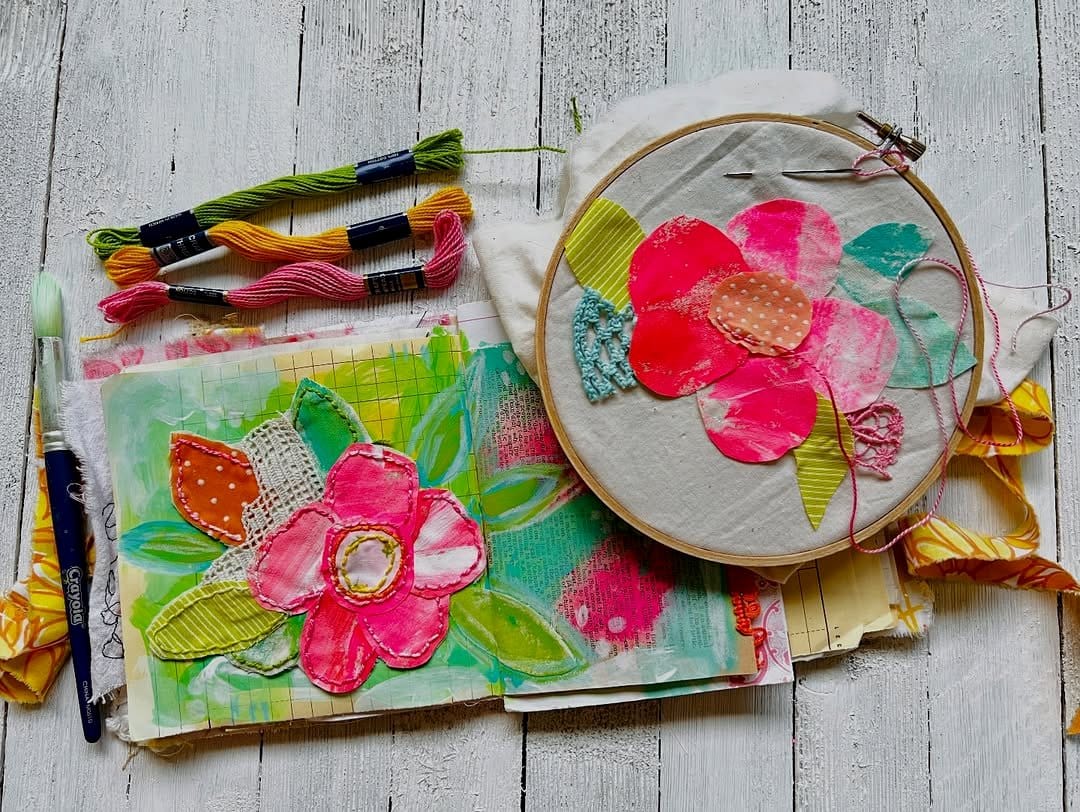
Keep a journal of your Shibori projects. Document patterns, techniques, and dye recipes. Not only does this serve as a creative keepsake, but it’s also a valuable resource for future projects. Plus, it’s a great way to track your progress and growth as an artist.
20. Shibori-Inspired Fashion

Incorporate Shibori into your wardrobe with DIY fashion pieces. From dresses to shirts and skirts, use this technique to create unique, trendsetting garments. Your handmade fashion will not only be eco-friendly but also a true expression of your personal style.
21. Shibori Wall Art
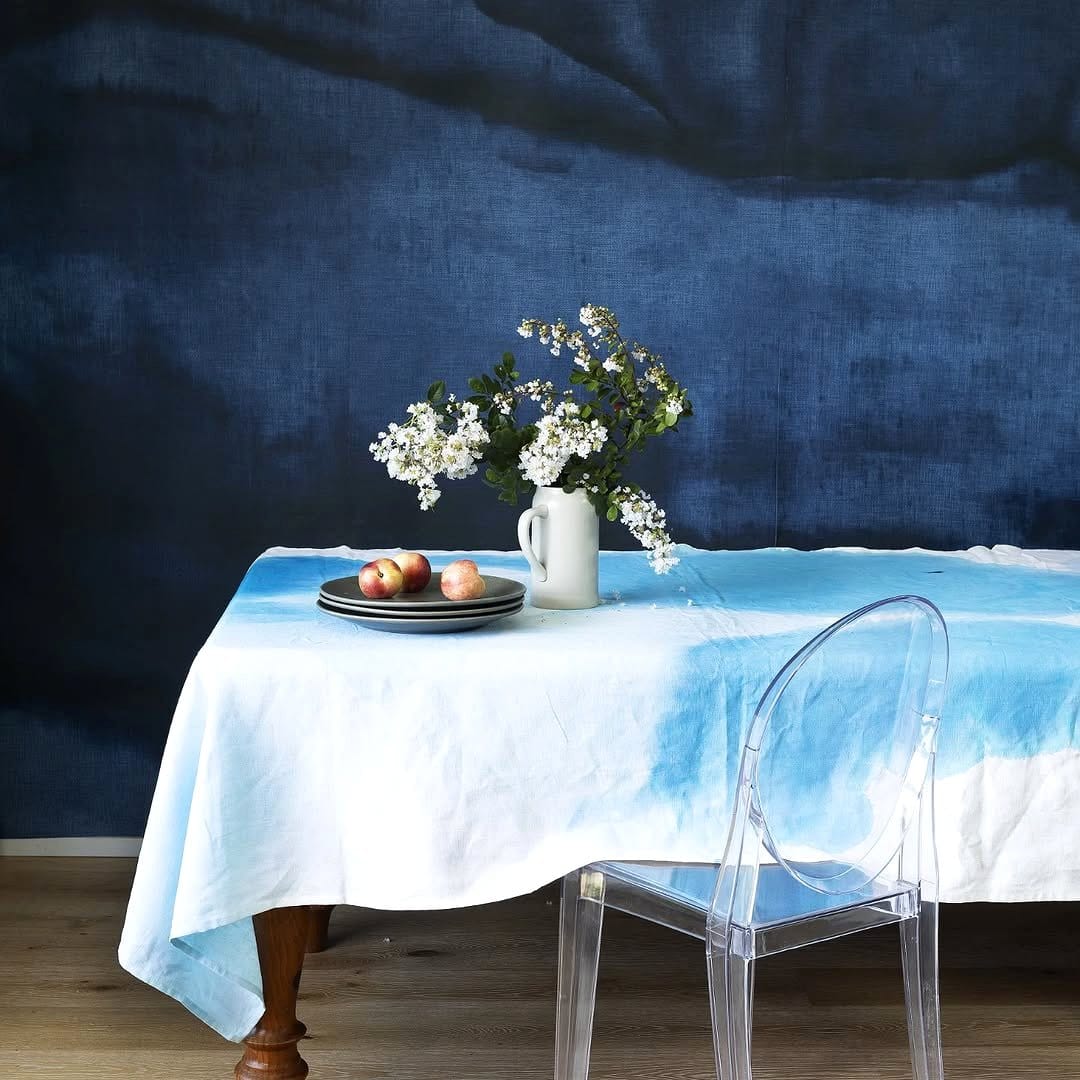
Transform Shibori creations into stunning wall art. Frame your best pieces to display as a focal point in any room. This is a fantastic way to showcase your skills and bring a touch of handmade beauty to your home décor.
22. Shibori Accessories
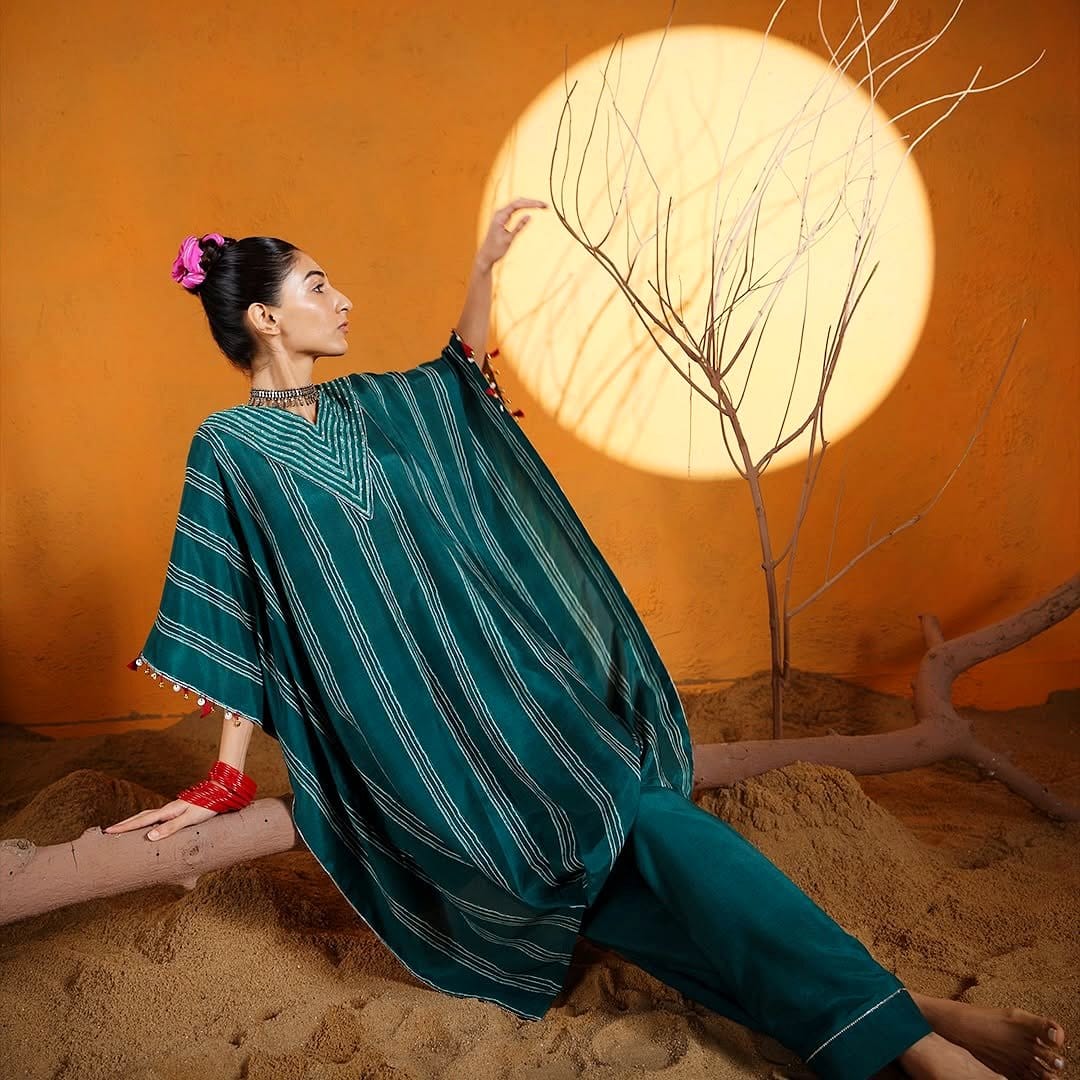
Craft unique accessories like headbands, bracelets, or belts with Shibori-dyed fabric. These small projects are quick and rewarding, allowing you to wear a piece of your art wherever you go. They also make excellent gifts for friends and family.
23. Exploring Global Dye Techniques
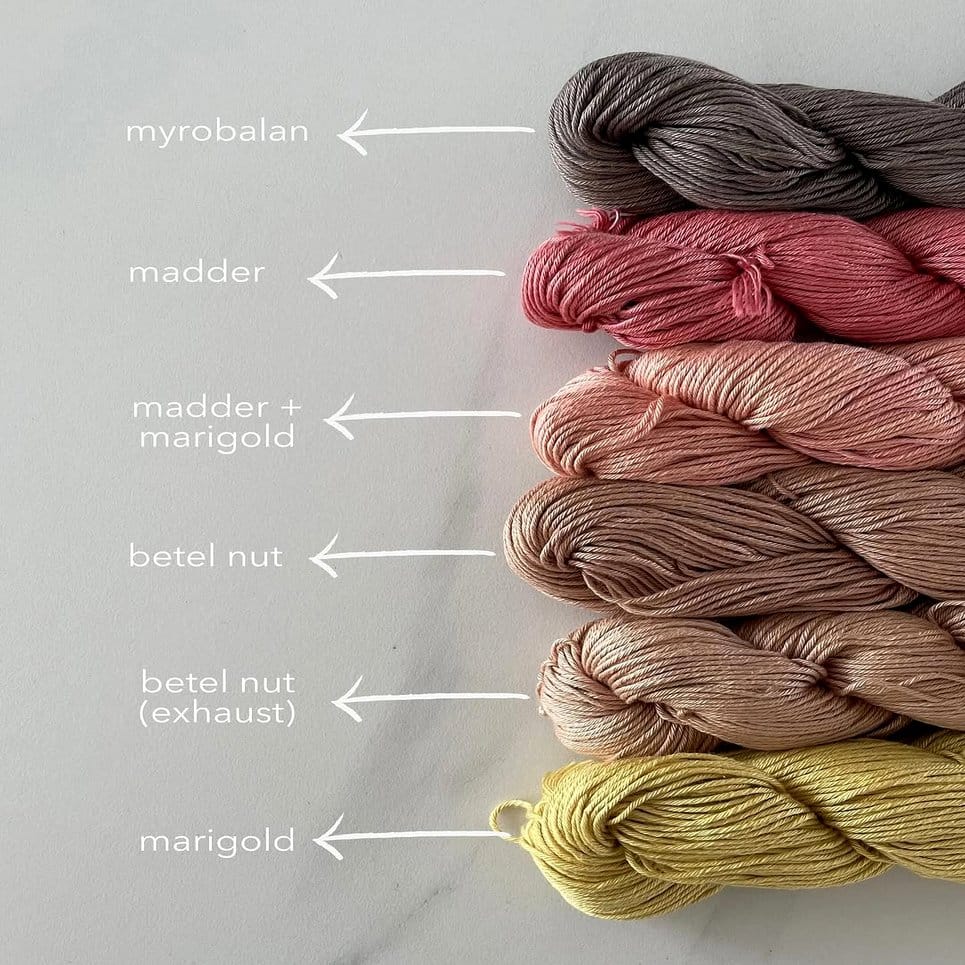
Expand your knowledge by exploring dye techniques from other cultures. Learn about Batik from Indonesia or Ikat from India. Understanding these global practices can inspire new ideas and techniques to incorporate into your Shibori projects.
24. Eco-Friendly Dye Practices
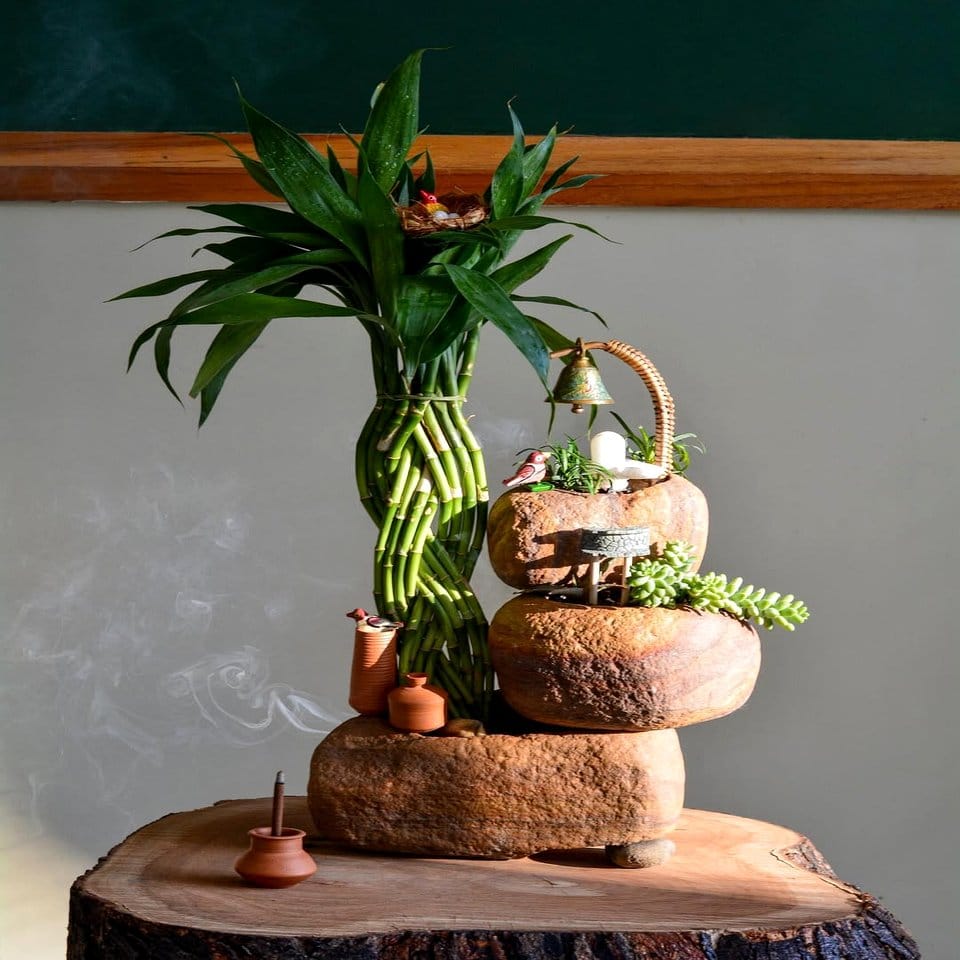
Commit to eco-friendly dyeing practices by using natural indigo and reducing waste. Opt for biodegradable materials and recycle water when possible. This not only benefits the environment but also enhances the authenticity and sustainability of your art.
25. Shibori Gift Wrapping
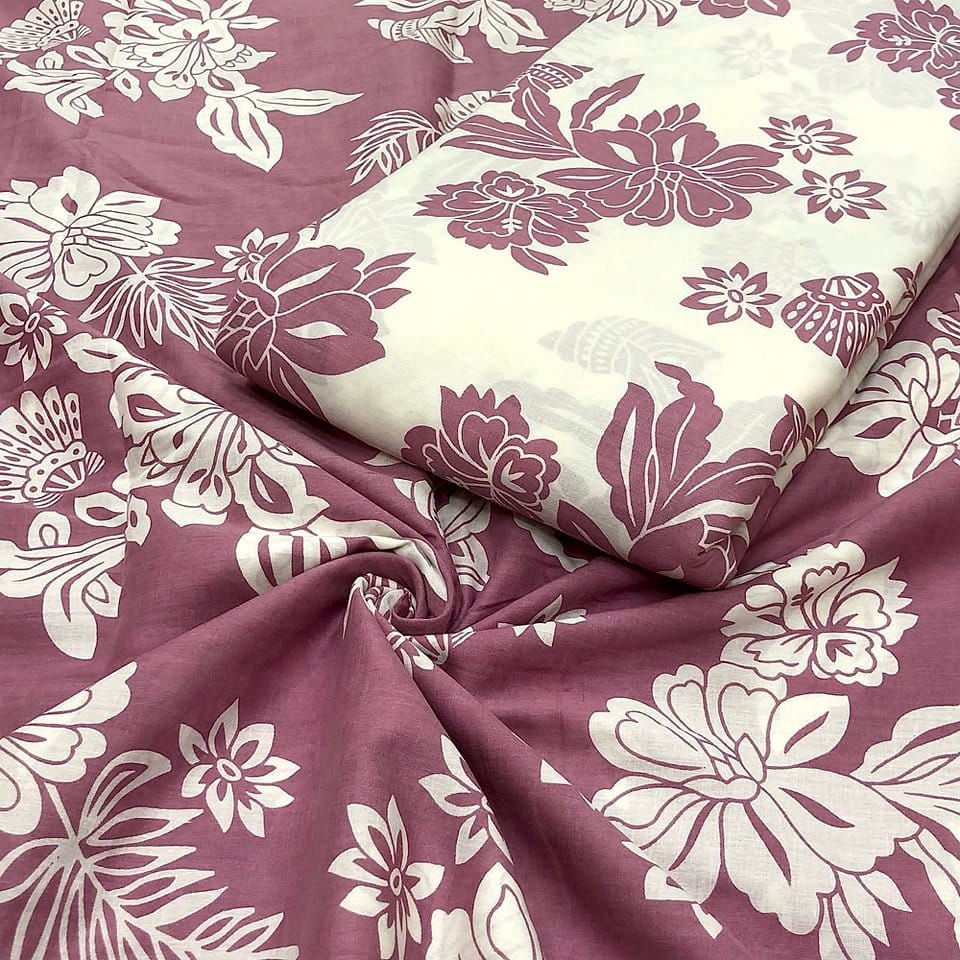
Surprise loved ones with gifts wrapped in Shibori fabric. This unique approach to gift wrapping is reusable and adds a personal touch to any present. It’s a beautiful way to combine creativity, sustainability, and generosity.
26. Sharing Your Shibori Creations Online
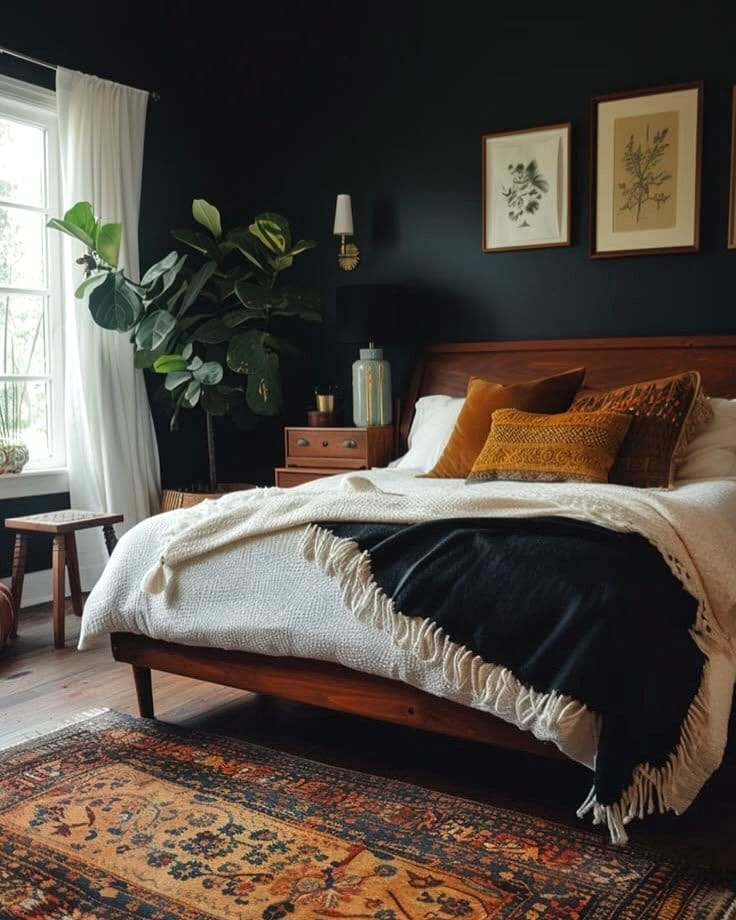
Share your Shibori creations on social media or a personal blog. Connect with a community of fellow enthusiasts and gain feedback and inspiration. Sharing your journey can motivate others to start their own artistic explorations.
Final Thoughts
Indigo Shibori dye plant wraps offer endless possibilities for creativity and self-expression. Whether you’re making fashion statements, home décor, or simply enjoying the process, this ancient art form connects you to nature and tradition. So, gather your materials, invite some friends, or enjoy a solo adventure as you explore the vibrant world of Shibori. Embrace the beauty of imperfections, and let each piece tell its own story. Happy dyeing!
